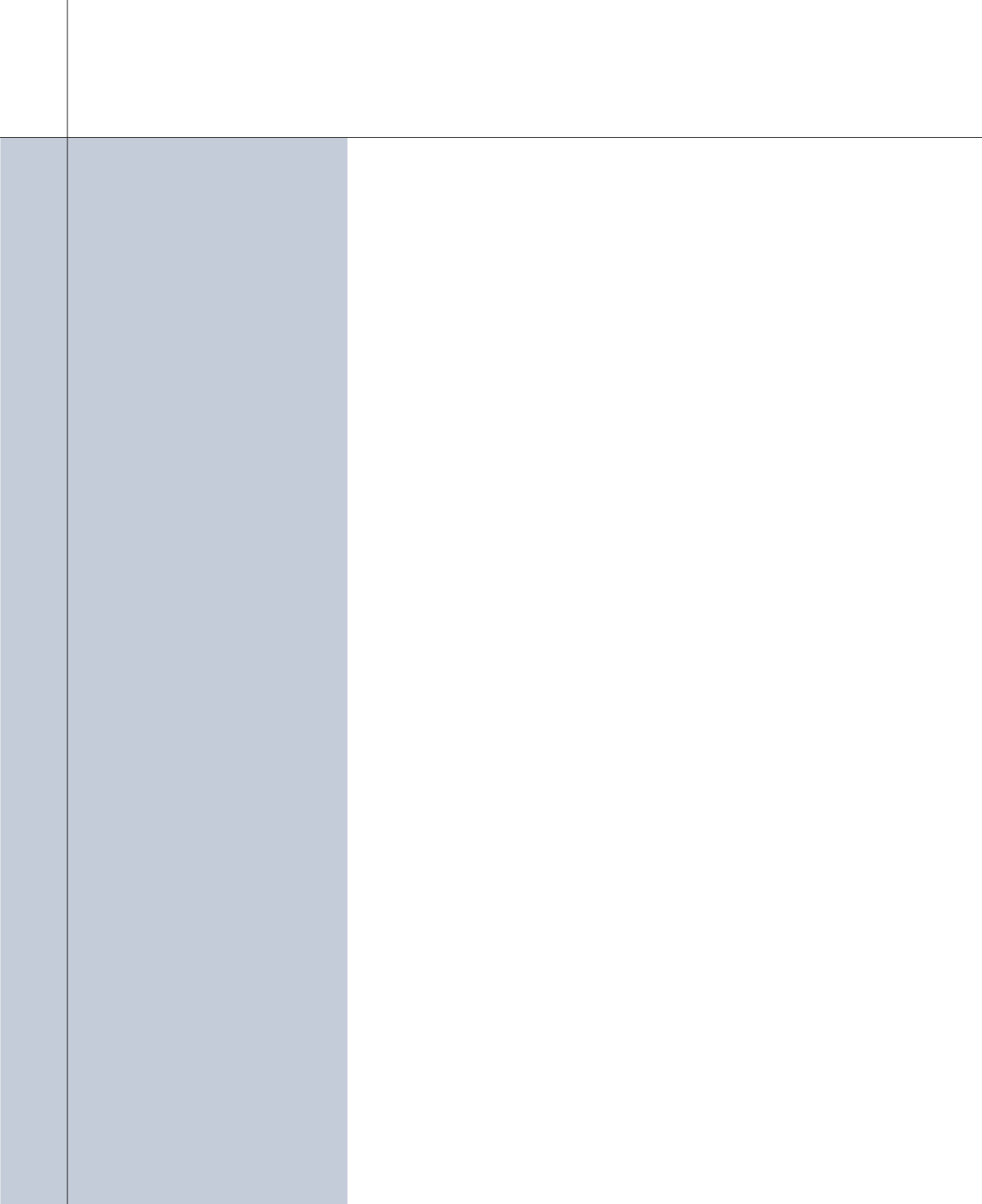
163
EUROPA
The pictorial contribution
forms part of the overall
scheme
“I devised my contribution, writes the
painter, like an overall job. It will combine
in phases the ‘Mondrian-like’ glazing of
the façades with the regular pattern of the
core, the egg or the luminaire, depending
on the location, shape or lighting of the
central component. The interior layout
will rather make it the nerve centre where
transparencies, permutations and trans-
positions of figures lead to transmutations
(…) Users will cross or spend time walking
through hundreds of doors of 13 types
that break up the monotony of the cor-
ridors (…) They will see them go by on
the huge vertical walls of the 14 lift shafts
serving 11 levels.
They will walk on wool rugs in three
conference rooms, two ceremonial halls,
lobbies, and a restaurant. Head held high,
the (fairly low) ceilings of the lounges and
rooms will present, from algorithm to al-
gorithm, the most complex compositions
–combinations of wool felt quadrilaterals,
dyed in the mass (…) Of the rugs they
will only see the succession of measured
sections. These details will illustrate the
singularity of each coloured identity and
the activity of the interrelation between
identities.”
Georges Meurant
and insular traditions, i.e., the
Union Jack
in the United Kingdom, integrates the
Saint George’s Cross into its emblem on a white background), symbol of England,
Saint Andrew’s cross (white diagonal stripes on ultramarine background), symbol
of Scotland; Saint Patrick’s cross on white background), symbol of Ireland.
Permanent remnants of a political, military, religious history, the flags reveal
turbulent histories, recall feats of arms, rebellions, restorations, revolutions. Re-
publics fight with kingdoms over their colours; the regions with nations. Blazons,
standards and ensigns created divisions and cantons; composition, structure,
coats of arms at times, are altered, substituted, restored. The symbols, aristocratic
or popular, draw from a huge colour chart. They endure in oriflammes, nautical
flags, civil emblems. Each country maintains its legend. In Bulgaria, white aims to
symbolise peace; green the fertility of the soil and red the courage of the peo-
ple. In Poland, the state monopolising national symbols under the communist
regime converted the gesture of hoisting the colours into a symbol of resistance.
Solidarnosc
grabbed hold of it.
The awareness of the historic role of colour should allow to imagine European
emblems that are less neutral than the blue banner with the stars. Rem Koolhaas
(OMA/AMO), in response to an invitation by Romano Prodi, then president of the
European Commission, had set up in 2004, a circus marquee on Rond-point
Robert Schuman, the hub of the European Quarter in Brussels. In which Europe’s
recent history was recounted, in an effort to boost self-awareness, today inhib-
ited by doubt and underestimation: the visual identity of the Continent had to be
aroused with a highly explicit game with its multiple components, the mixture of
its cultures assumed under the impetus of liberated creativity. The narrative was,
for the story, that of comic strips; for the graphic identity, that of a multicoloured
barcode. In Europa, colours, this time displayed at the heart of the European
Council’s
flagship
, concentrate and diffuse the energies of fiery combinations.
Colours speak several languages. That of heraldry, for example. Yet, “the power
of heraldry, writes Michel Pastoureau, comes from the fact that it always gives
priority to structure over form and overall impression over detail for each com-
ponent.”
However, computer graphics artists are bound by shades and their exact defini-
tion, which must be reproduced, i.e., the colour charts and their codification
represent happiness (or agony?) to graphic artists and professional colourists.
The garnet red of Latvia could not be confused with the violet red or crimson of
the Lithuanian flag. In the red, green, blue space (RGB), the hexadecimal value
#c1272d of the computer code is said to be made up of respective propor-
tions, supposed to be equivalent from one chart to the next: 75.7% of red, 15.30%
of green, 17.60% of blue… For each colour, the shade is defined (its triangular
position in the circle of colours), its degree of saturation, its luminosity [source:
Wikipedia].
DECKS, LANGUAGES AND COLOURS


